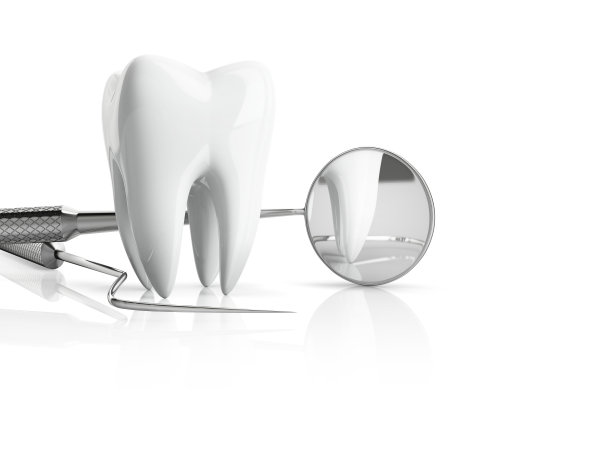Essential Precautions You Should Take Before and After Getting a Dental Filling for Optimal Oral Health Results
Summary: Dental fillings are a common procedure aimed at restoring teeth damaged by decay. This article highlights essential precautions to take before and after getting a dental filling to ensure optimal oral health results. By focusing on essential aspects like scheduling a consultation, maintaining proper hygiene, understanding the recovery process, and following post-filling care instructions, patients can significantly enhance their dental health and safeguard against potential complications. Following these steps will not only ensure a more comfortable experience but also promote long-term dental well-being.
1. Consult with Your Dentist Before the Procedure

Before undergoing a dental filling, it鈥檚 crucial to schedule a comprehensive consultation with your dentist. During this appointment, your dentist will evaluate the condition of your teeth and the extent of decay. This assessment is essential for determining the right type of filling material and treatment approach. Furthermore, discussing your medical history and any concerns you may have can help your dentist tailor the procedure to your needs.
Additionally, dont hesitate to ask questions during your consultation. Inquire about the types of filling materials available, the procedures steps, and any potential side effects. Understanding these elements can alleviate anxiety and clarify what to expect during and after the filling process. A detailed discussion also ensures that you are well-informed about your options.
Lastly, make sure to disclose any medications you are taking or allergies you may have. This information is vital for your dentist to avoid possible allergic reactions and complications during the procedure, thus ensuring your safety and well-being.
2. Maintain Oral Hygiene Before the Procedure
Good oral hygiene practices are essential to prepare your mouth for a dental filling. Brushing your teeth twice a day and flossing daily helps to minimize the risk of infection and promotes faster healing post-procedure. A clean mouth creates an optimal environment for dental work and reduces potential complications.
Moreover, consider using an antibacterial mouthwash before your appointment. This addition to your routine can significantly reduce bacteria in your mouth, offering further protection during the filling procedure. Keeping your gums healthy is also important, as unhealthy gums can complicate the filling process.
Additionally, be mindful of your diet leading up to the filling. Avoid sugary snacks and beverages, as they can accelerate tooth decay. A balanced diet rich in vitamins and minerals will help strengthen your teeth and gums, making your dental filling experience smoother and more successful.
3. Understand the Recovery Process After the Filling
Post-filling care is just as crucial as preparation. After the procedure, your dentist will provide recommendations tailored to your recovery. Familiarizing yourself with these guidelines is vital for a smooth healing process. For instance, some patients may experience sensitivity to hot or cold temperatures after getting a filling. Understanding this temporary reaction can help prepare you mentally and physically.
Its often recommended to avoid chewing hard foods for at least 24 hours after getting a filling. This precaution helps prevent damage to the newly placed filling. Soft foods that require minimal chewing are advisable during the recovery period, allowing your mouth to mend properly.
Keep an eye on the filling site for any unusual signs, such as prolonged pain or swelling. If you notice any concerning symptoms, contact your dentist promptly. Early intervention can prevent complications and ensure that your filling settles correctly, contributing to long-term oral health.
4. Follow Up with Proper Post-Care Instructions
After getting a dental filling, adhering to your dentists post-care instructions is essential for optimal recovery. Typically, patients are advised to avoid hard, sticky, or chewy foods for at least a couple of days. This approach reduces the risk of dislodging the filling or causing discomfort. Sticking to softer options can help ensure that the filling adheres well while minimizing sensitivity.
Additionally, maintaining proper oral hygiene following the procedure is vital. Continue with your regular brushing and flossing routine while also being gentle around the filled tooth. Taking care not to irritate the surrounding area ensures that the restoration remains intact and your gums heal properly.
Lastly, don鈥檛 forget to attend follow-up appointments as recommended by your dentist. Regular check-ups aid in monitoring the status of the filling and overall dental health. These appointments provide an excellent opportunity to address any concerns you might have and to keep your oral health in check.
Summary:
Implementing these essential precautions before and after getting a dental filling is paramount for achieving optimal oral health results. From scheduling a thorough consultation to maintaining oral hygiene, understanding the recovery process, and dedicated post-care practices, each step plays a vital role in promoting a successful filling experience. Commitment to these precautions not only alleviates discomfort but also fosters a healthy mouth in the long run.
This article is compiled by Vickong Dental and the content is for reference only.



